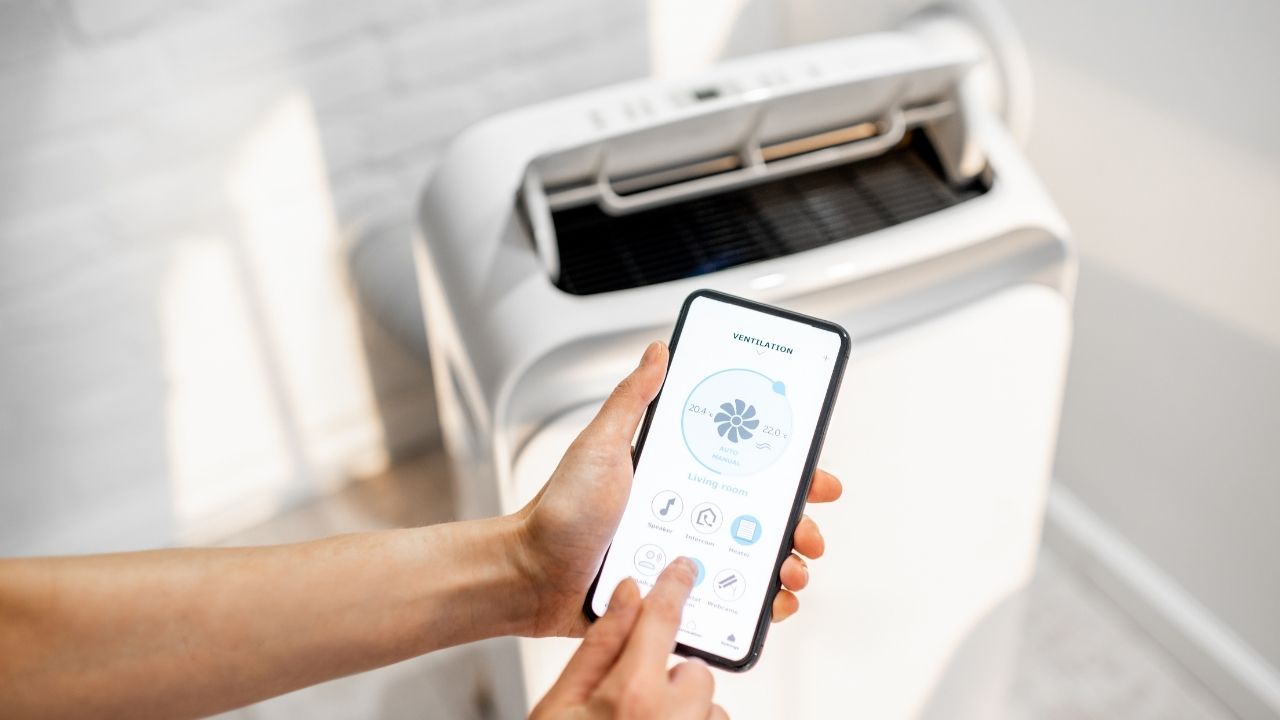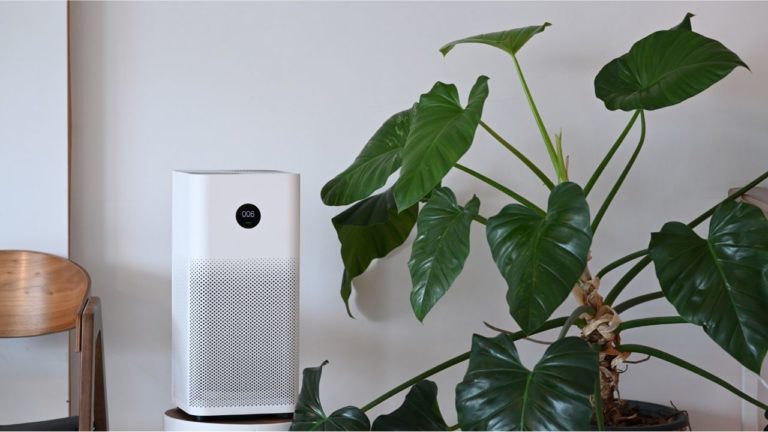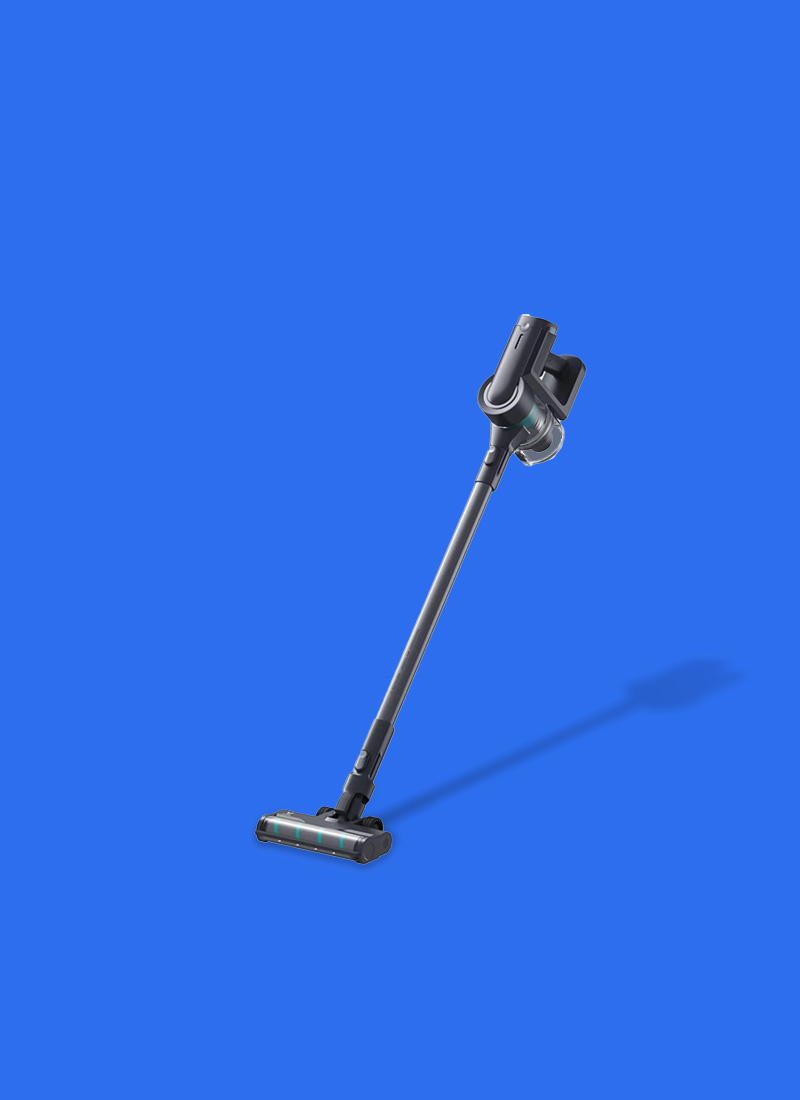ⓘ We are reader-supported and may earn a small commission at no additional cost to you if a purchase is made through one of our links.
While air purifiers are meant to regularly clean the air in your household and leave you and your family with a healthier atmosphere and improved indoor air quality, are they actually bad for the environment? Do they, in fact, cause more air pollution than they clean up? To figure this out, one would have to look at the product life cycle of an air purifier.
Air Purifier Product Life Cycle
From the gathering of raw materials to the development of the device and even transportation, distribution, and usage of the air purifier, there are a lot of things to consider when figuring out just how green air purifiers are as a whole. One of the bigger factors to keep in mind is the overall longevity of the product.
It goes without saying that the longer the lifespan of your air purifier, the wider the environmental footprint is spread out over time. After all, the better the device’s durability, the longer it’ll take for you to replace it. This means its product life cycle will be longer-lasting and you’ll get more out of the entire process. So it’s certainly better for the environment if you choose a model that has a lengthier shelf life.
Another thing is how much energy the device consumes. It’s a fairly straightforward concept – the less power the air purifier consumes, the less of an environmental footprint it leaves. Air purifiers are usually intended to be used every day, so you should always select a low-profile one that uses as little energy as possible.
From there, if you really want to get to the bottom of your air purifier’s overall effect on the environment, you should look into the majority of how power is produced in your country. Fossil fuels are still widely used around the world and are still the major player in power generation in many nations.
So one should consider the average amount of air pollutants released for every kilowatt-hour of energy produced. Then, you take into account the level of pollutants that your air purifier is capable of cleansing for every kilowatt-hour it consumes. If it cleans more pollutants than is released by the energy it consumes, then it’s certainly better for the environment.
Unfortunately, this is usually not the case, as even the best products usually just break even, while a lot of the others fall short. But before we close the case on the effect of air purifiers on the environment, there’s one more factor to consider – the method it uses to filter air.

Popular Types of Air Filters And Their Efficacy
A lot of companies tend to oversell their product, promising an air purifier that will clear out all the pollutants in the air of your home. The thing is, depending on the type of filtration system the device uses, some products actually offer little to no help in cleaning the atmosphere of your home despite being a fairly popular choice. Here are some in-demand types of air filters and how good they really are at cleaning pollutants in the air:
HEPA Filters
Also known as high-efficiency particulate absorbing filters, HEPA filters are one of the most popular types of filters when it comes to air purifiers, and with good reason. They are capable of effectively trapping up to 99.97% of airborne particles that are 0.3 microns or larger and they’re also good at catching particles that are smaller than that, given how these particles don’t travel in a straight line and will find their way to the filter fibres on their own.
They eliminate bacteria, viruses, and other indoor air pollution without having to resort to the use of chemicals and without creating messy or harmful byproducts in the process. While HEPA filters don’t take care of odours and certain chemicals, the air purifiers themselves are usually equipped to deal with these factors through other means, like carbon-activated materials. Just remember that the more clogged your HEPA filter is, the less effective it becomes. So change them regularly and factor in the number of filters you throw out towards how green the device is.
Activated Carbon
An activated carbon filter is another popular type of filter that excels at absorbing various kinds of indoor air pollution, such as odours, smoke, chemicals, and gases. They are particularly good for the young, the old, and sufferers of respiratory diseases like asthma. Furthermore, once an activated carbon filter absorbs something, it does so permanently and it can never be released back into the air.
The major downside to an activated carbon filter is its inability to take care of the particulate matter, which is why they’re often added as a secondary filtering system in many air purifier models.
If you’re interested in buying an air purifier make sure to read our guide on the best ones available in Australia.
Ionizers
Ionizers are also sometimes called negative ion air purifiers and they utilize chemicals in an attempt to purify the air. They rely on negatively charged oxygen atoms that are attracted to small particles, like dust and the like. Once they latch on to these particles, they are able to pin them to surfaces in your home, like the floor, table, or walls.
While companies who create these products make it sound like something amazing, ionizers tend to be rather ineffective on account of how they don’t really absorb or eliminate the pollutants in the air. All they are is stuck on the different surfaces in your home, so you and your family are still exposed to them. In time, they’ll get dislodged and make their way back into the air in your home. That being said, these kinds of air purifiers are particularly not great for the environment because of how much energy they use while providing marginal results.
Ultraviolet
Similar to activated carbon filters, UV rays are generally used in conjunction with other filtration methods to improve indoor air quality since they’re not particularly effective on their own. While they’re great at killing off bacteria and viruses, they’re incapable of taking care of the majority of particulate matter. Furthermore, they need some time to kill off microorganisms, which is why they work well with filters that trap germs, like HEPA filters.
Another thing to consider is that some UV systems have ozone as a byproduct, which is extremely harmful to the environment. So you should certainly look into how much of an ozone generator the air purifier is, as it factors in quite a bit towards the effect the product has on the environment.
Conclusion
There are a lot of things to consider when deciding whether or not an air filter is good or bad for the environment, and it mostly boils down to the longevity of the product, its energy consumption, and the efficacy of the method it uses to filter out pollutants and other particles in the air. If you’re looking to live a greener lifestyle, then you’ll definitely want to look into these factors before picking up your next air filter.



